How to Keep a Kitchen Cool — And the 5 Reasons Yours Is Overheating in the Summer
From cool-touch materials to easy-breezy layouts, here’s how to beat the heat in the kitchen when the mercury begins to rise
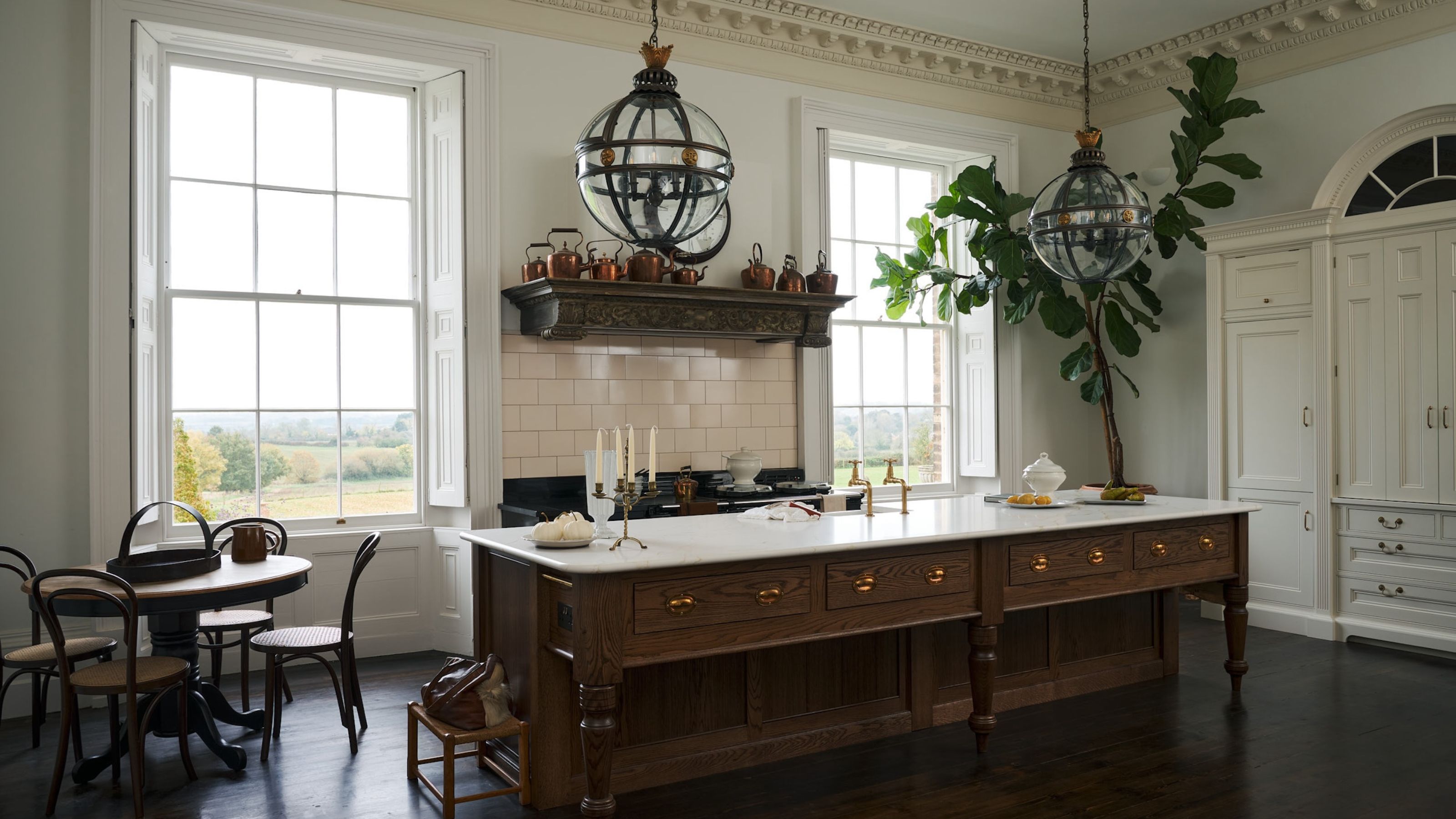
This summer's weather might have been hit and miss, but it's been pretty hot. And while it might be nice when it's nice, high temperatures aren’t the best for slaving over a hot stove in the kitchen.
So how to keep cool in modern kitchen ideas when the sun is blazing — especially in busy kitchens filled with hardworking appliances. “A kitchen that overheats isn’t just uncomfortable — it’s often a sign that the space isn’t functioning as efficiently as it could,” says James Hurst, associate director of architecture at HollandGreen. “The reasons can be surprisingly varied, from poor ventilation and excessive and ineffectual glazing to outdated appliances or insufficient zoning between cooking and living areas.”
Yes, our kitchens don’t care if we’re in the middle of a heatwave — we still need to use them and be in them all the time. Not only for cooking and eating, but entertaining, working, or just relaxing with a cuppa (or should that be iced tea!).
So if you’re feeling rather hot and bothered, we’re here to help. Grab a fan and a cool drink and discover how the experts keep their cool in the kitchen. Here’s how to stop your kitchen from reaching the boiling point when you feel like a hot mess.
1. Ensure There's Room to Move About

If you have the space, an open-plan kitchen layout with room to move around comfortably is the best solution. When it’s sweltering outside, the last thing you want is a cramped, stuffy, and overheated kitchen with no access to doors and windows.
“Designing a kitchen that stays cool in the summer starts with smart ventilation and layout choices,” explains Emily Pickett, design consultant at Kitchens by Holloways. “One of the most effective strategies is ensuring easy access to external doors or glazing, which allows fresh air to flow through the space without interrupting the kitchen’s functionality.
“Sliding doors are especially useful as they take up less room than bi-fold options and avoid encroaching on valuable interior or exterior space.”
The Livingetc newsletters are your inside source for what’s shaping interiors now - and what’s next. Discover trend forecasts, smart style ideas, and curated shopping inspiration that brings design to life. Subscribe today and stay ahead of the curve.

Emily is a design consultant at Kitchens by Holloways, a design and build company which creates bespoke kitchens and thoughtfully planned interiors. The team considers not just the kitchen but the overall layout to deliver beautiful, functional designs that enhance everyday living.
2. Keep Shutters and Blinds Closed During the Day
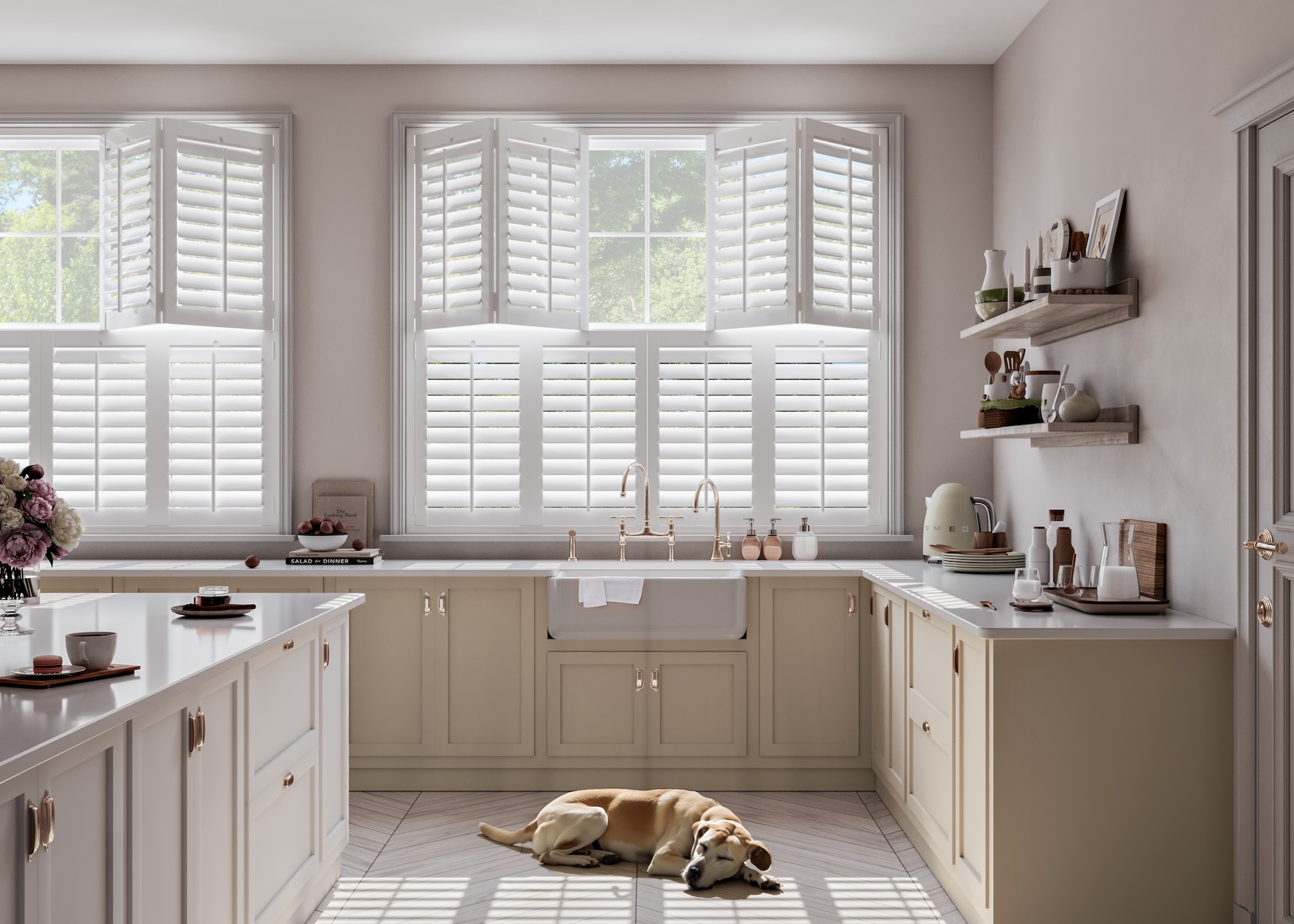
There’s nothing like a sun-dappled kitchen first thing in the morning for putting us all in a good mood. Natural daylight and fresh air offer masses of wellbeing benefits to lift the spirits and get the day off to a great start while enjoying your breakfast station or a fresh brew in the kitchen.
However, if there’s a heatwave, you’ll need to keep a close eye on kitchen window treatments. Open up blinds or shutters first thing to let in fresh air, but close them as soon as temperatures rise to prevent your kitchen from overheating.
“Keeping kitchens cool in summer can be a challenge, especially in sun-drenched rooms,” says Sally Denyer from Shutterly Fabulous. “Shutters form a solid barrier against direct sunlight, significantly reducing the amount of heat that enters the room. Shutters don’t trap heat in the summer and instead help to maintain a cooler, more consistent temperature throughout the day. It’s an energy-efficient way to create a more comfortable environment without relying on fans or air conditioning.”
Choosing a thermal or blackout-lined blind is also an effective way to block out heat from direct sunlight. “Lighter-coloured fabrics help reflect light rather than absorb it, and natural materials like linen or cotton blends allow for breathability,” adds Debbie Leigh, design manager at ILIV. “Roman blinds and roller blinds are particularly practical for kitchens — they’re easy to operate, take up minimal space, and can be customised with UV-protective or heat-reflective linings to keep interiors cooler.
During a heatwave, it’s best to keep blinds and shutters closed during the day to block direct sunlight and prevent indoor spaces from overheating. “Then, in the evenings, when temperatures begin to drop, open windows to let in cooler air while keeping shutters partially closed,” adds Sally. “This will maintain shade and protect interiors from the low, intense evening sun.”
3. Choose Cool to Touch Materials
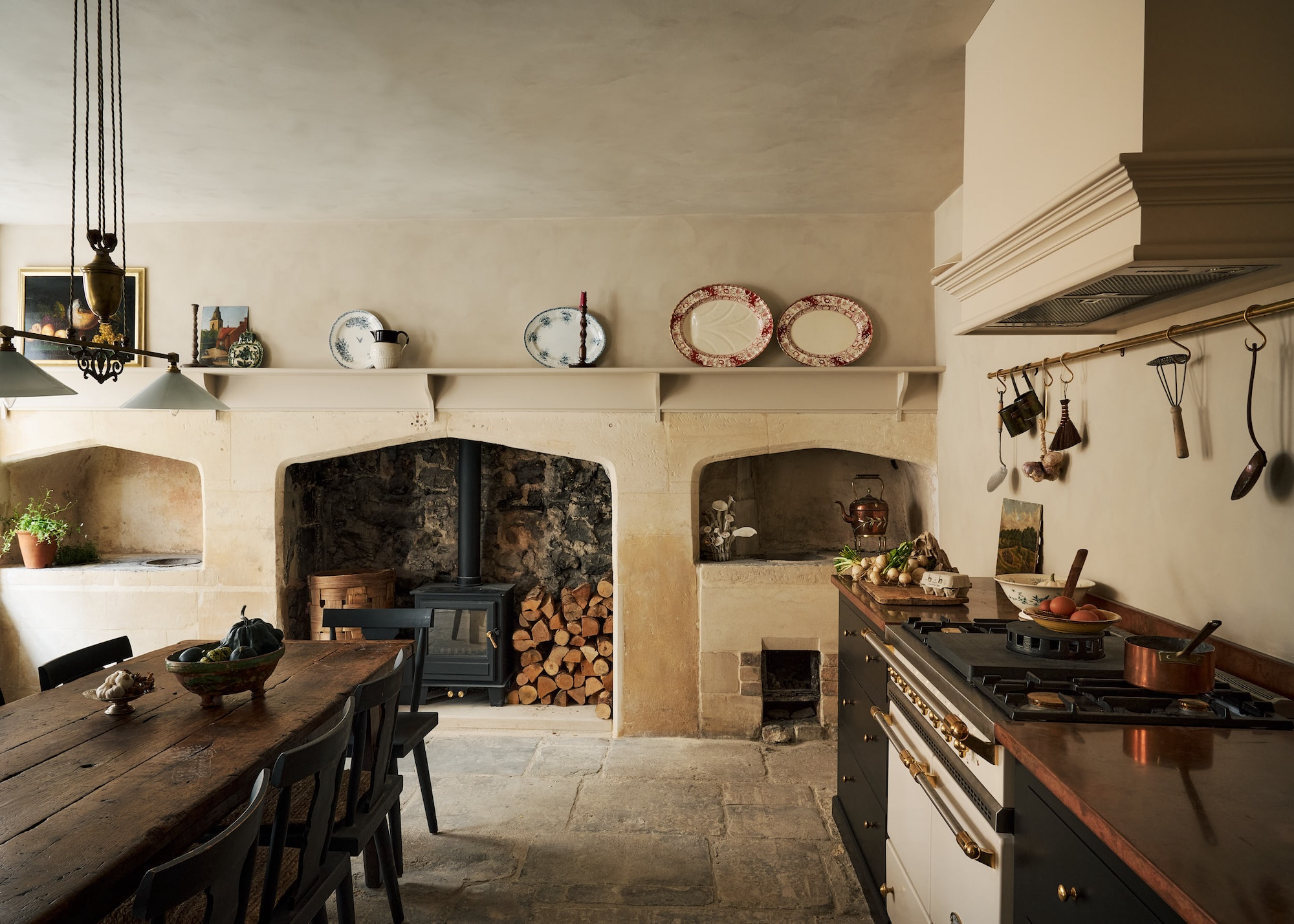
Following kitchen trends, pay close attention to the materials you use in your space. Most natural materials like stone and wood are heat-resistant, while man-made plastics can create hot, sticky kitchens during very warm summers.
“An effective way to keep your kitchen cool is to incorporate a stone worktop and tiled flooring,” explains Al Bruce, founder of Olive & Barr. “Marble, granite, and quartz are all great options as they absorb less heat and help regulate the temperature. Slate works particularly well in pantries, keeping your groceries and dry goods cool.”
Wood is another excellent choice, say the experts. “Wooden floors remain cool, providing you with a much more comfortable environment,” says Natalie Mudd, co-founder and creative director, Knot & Grain. “In addition, they offer the added benefit of retaining heat during the winter, ideal for those looking to save on heating costs.”

Al is founder of UK Shaker kitchen company Olive & Barr. He studied as a cabinetmaker 25 years ago and has a natural flair for design and a deep passion for the handmade kitchen industry.
4. Take Steps to Reduce Extreme Solar Heat
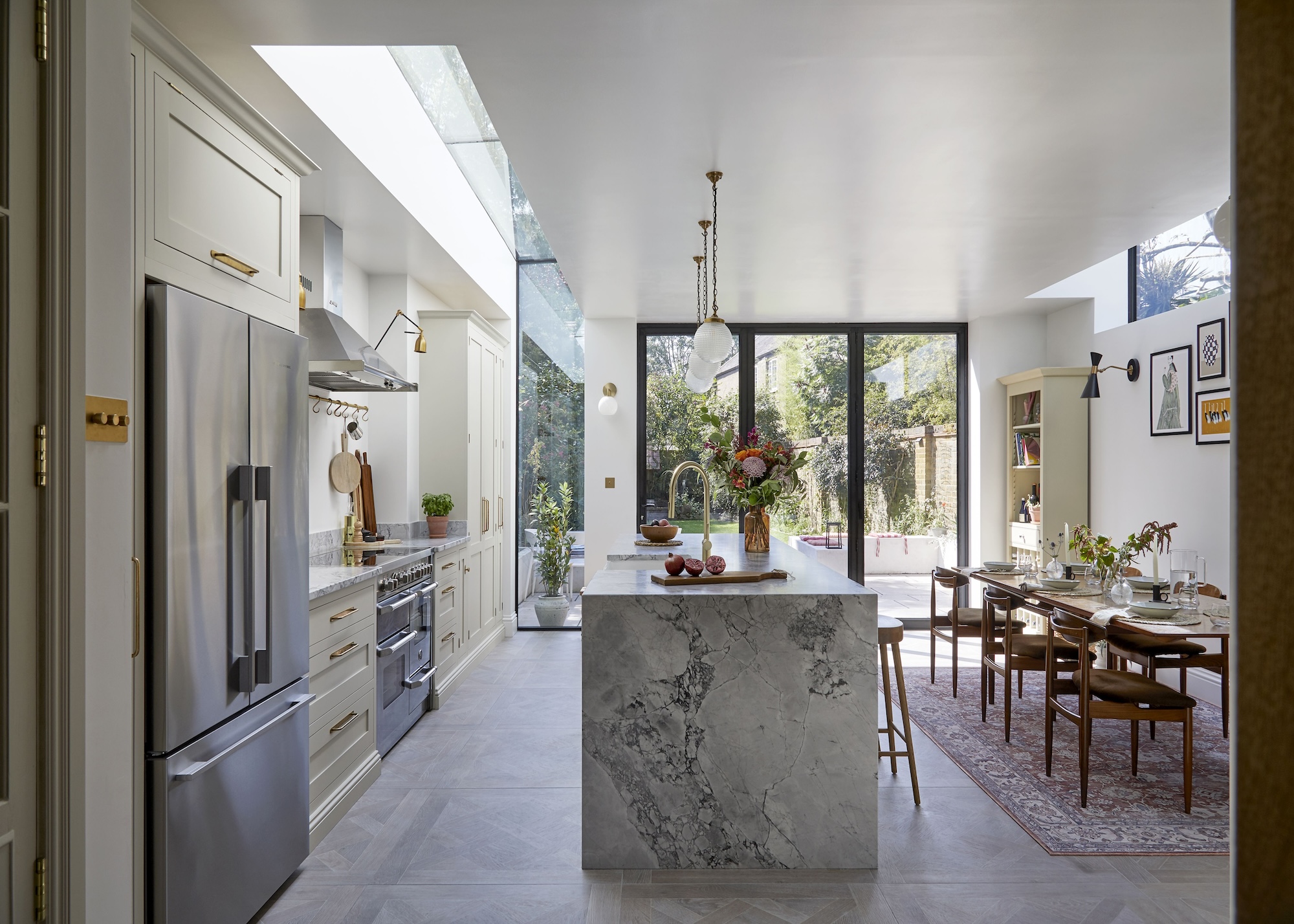
Another common issue in a large or even small kitchen that overheats is excessive south-facing glazing without sufficient solar shading.
“It brings in beautiful light, yes — but also excessive solar gain,” explains James at HollandGreen. “The solution isn’t to lose the glass, but to be smarter with architectural interventions.”
There are a few options to try: a brise soleil is a structure made up of angled horizontal or vertical louvre fins that controls the amount of sunlight and solar heat coming into your kitchen. Alternatively, a deep roof overhang or stylish sunshade can help regulate sunlight without compromising views or brightness.
“These can be combined with strategic landscaping such as tree planting or more flexible options like external blinds to provide layered, seasonally responsive shade,” adds James. “Ultimately, the goal is to create a kitchen that works with the seasons, not against them – one that feels fresh and inviting, even at the height of summer.”
5. Prioritize Good Ventilation
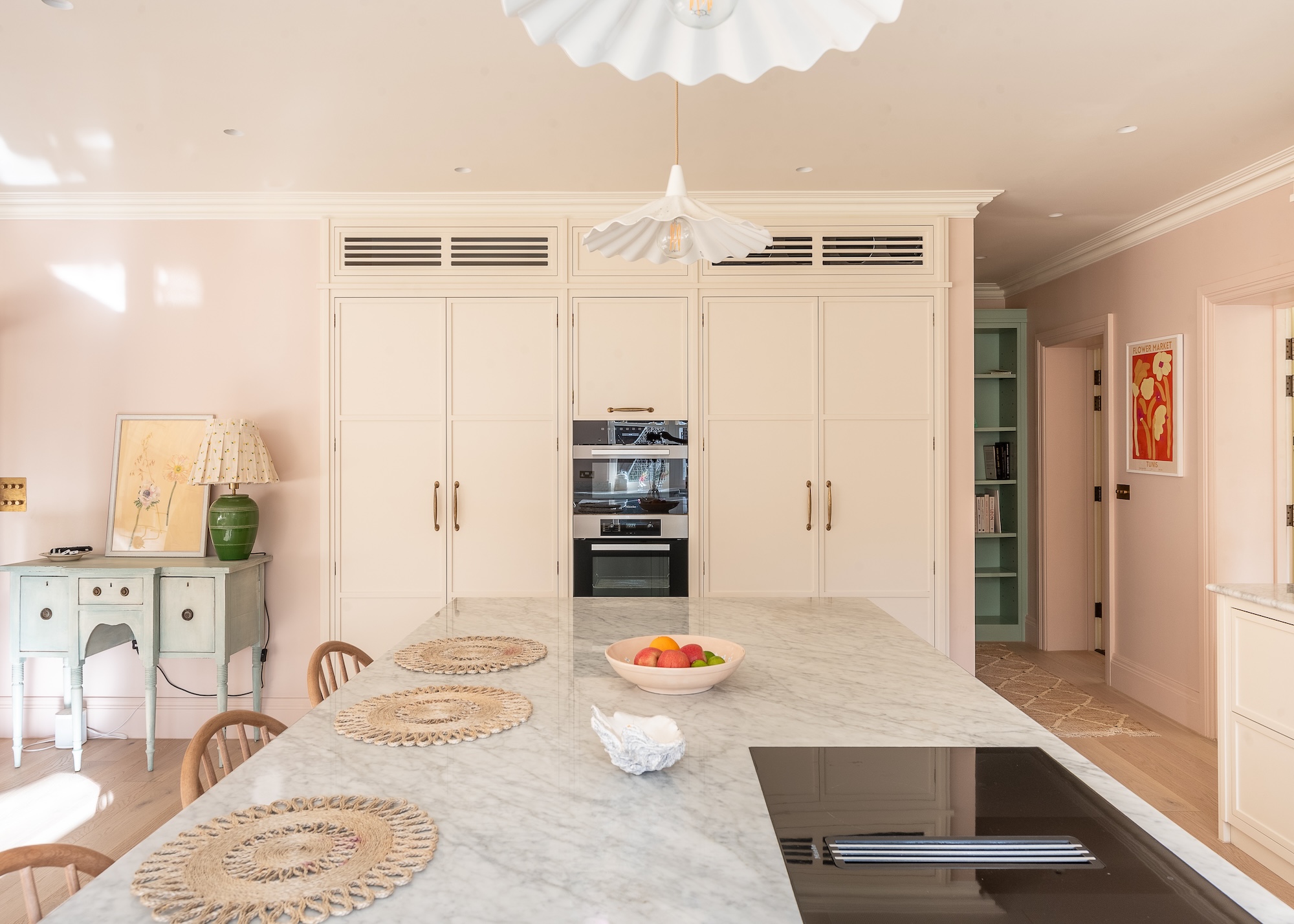
Kitchens naturally generate a lot of heat, particularly in south-facing rooms or when multiple appliances are in use. With our increasingly warm summers, many kitchen experts are seeing more clients install air conditioning for their kitchen ventilation to give added climate control.
“While extraction and cross-ventilation help, integrated air conditioning is often the most reliable way to maintain a comfortable ambient temperature,” says Charlie Smallbone, founder of Ledbury Studio. “I tend to specify ducted or concealed systems with zoning control, so you can regulate airflow without compromising the kitchen’s design. Efficiency, discretion, and performance are key.”
An openable kitchen extension with skylights or roof lanterns is another great solution, particularly when installed above hob areas, as it helps hot air and steam rise and escape naturally. A high-quality extractor fan is also a powerful tool for removing excess heat and humidity while cooking.”
“Making sure your space isn’t a hot box has a lot to do with the overall structure of the room — windows and doors are obviously a big help,” says William Durrant, owner of Herringbone House. “We have been designing plenty of air conditioning units inside cabinetry, often hidden in upper cabinets and easily accessible. If neither of these options works for you, choose a fridge that makes its own ice, and you can at least quickly make a gin and tonic in the heat.”

James is the design lead in the architecture team at HollandGreen and works across a number of flagship projects. With many years’ experience, he has a deep understanding and knowledge of both contemporary and historic architecture.
FAQs
What Removes Heat From the Kitchen?
Effective extraction fans are crucial for removing cooking fumes from the kitchen — especially during the hot summer season. For something a little more discreet than a range hood, try flush-fitting kitchen countertop ventilation instead. These discreet extractor fans are located near the hob and efficiently remove steam and odours, and significantly, won’t obstruct any views if your kitchen opens onto the garden.
General ventilation, achieved through open windows and doors, will also help remove heat from the kitchen. And if possible, consider using your oven less during a hot spell, as this will generate less heat. Instead, consider cooking with a microwave or air fryer, or enjoy hearty salads that require minimal preparation.
As summers get warmer, it’s a good idea to plan ahead and consider how you can keep your kitchen cool. If you’re embarking on a kitchen remodel, a kitchen specialist or architect can advise on layouts, materials, and glazing options, and how to create shade in a south-facing room.
Smaller tweaks can also make a difference. Look at your window treatments as these can make a real difference to the temperature and comfort of your kitchen and whether your appliances are creating too much heat. If so, is it time for an appliance upgrade?